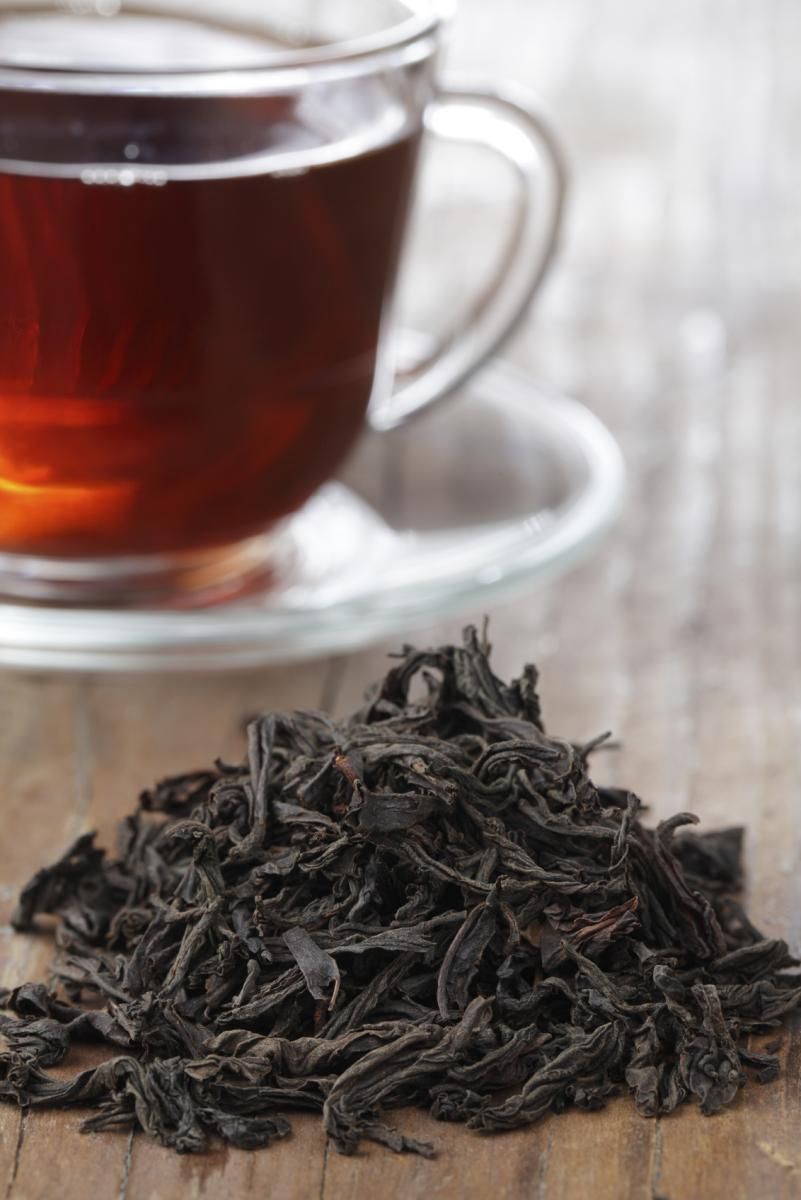Low Diabetes Rates in Black Tea–Drinking Countries
Population data supports black tea consumption for diabetes risk reduction.

A mathematical analysis of chronic disease rates and black tea consumption in 50 countries has found a strong relationship between low diabetes incidence and high black tea consumption.
Researchers from Data Mining International, Paris VI University in France, and Unilever (owner of the Lipton tea brand) compiled 2009 sales data on black tea consumption and WHO data on major disease rates in 50 countries. Using an advanced mathematical process, the researchers claim they were able to isolate black tea’s impact on individual health conditions:
A statistical approach, called principal component analysis (PCA), was used to tease out the key contribution of black tea on each of the health indicators selected at the population level. This showed an impact for black tea on rates of diabetes, but not on any of the other health indicators studied. The link was confirmed with further statistical analysis, which pointed to a strong linear association between low rates of diabetes in countries where consumption of black tea is high.
Despite several weaknesses to the study-consistency of black tea data and criteria for diagnosing diabetes can vary from country to country-previous studies have linked black and green tea to diabetes risk reduction. Black tea is derived from the same leaves as green tea, only the leaves are fermented in preparation. Further research is warranted to confirm tea’s effect on diabetes risk and understand whether the effect is related to general tea leaf components or components unique to black tea, such as thearubigins and theaflavins.
Leading tea drinking–nations included Ireland, the United Kingdom, and Turkey. South Korea, Brazil, China, Morocco, and Mexico showed the lowest levels of consumption, according to the data.
A Beresniak et al., "Relationship between black tea consumption and key health indicators in the world: an ecological study," BMJ Open, published online November 8, 2012.
Kelker Pharma to launch nutritional support system for GLP-1 medication users that features TriBsyn
December 11th 2024B&D Nutritional Ingredients Inc., an exclusive distribution partner of CarnoSyn Brands and Natural Alternatives International Inc., announced that its customer, Kelker Pharma, will be launching the “first science-backed nutritional support system” for GLP-1 medication users, called Nutrilinq Genesis.
Sirio Pharma launches line of ready-to-market organic gummies and softgels called PureOrganix
August 26th 2024The new line is made up of three gummies and one softgel that are formulated to meet stringent EU-Organic certification criteria, and target women’s health, metabolic health, and heart health.
Recent review states that pentadecanoic acid may support cellular stability for better longevity
June 25th 2024According to the paper’s author, Stephanie Venn-Watson, DVM, MPH, deficiency in pentadecanoic acid of ≤0.2% total circulating fatty acids increases the risk of ferroptosis, which a type of cell death cause by the peroxidation of fragile fatty acids in cell membranes that combines with iron thus increasing reactive oxygen species, and disabling mitochondria.

